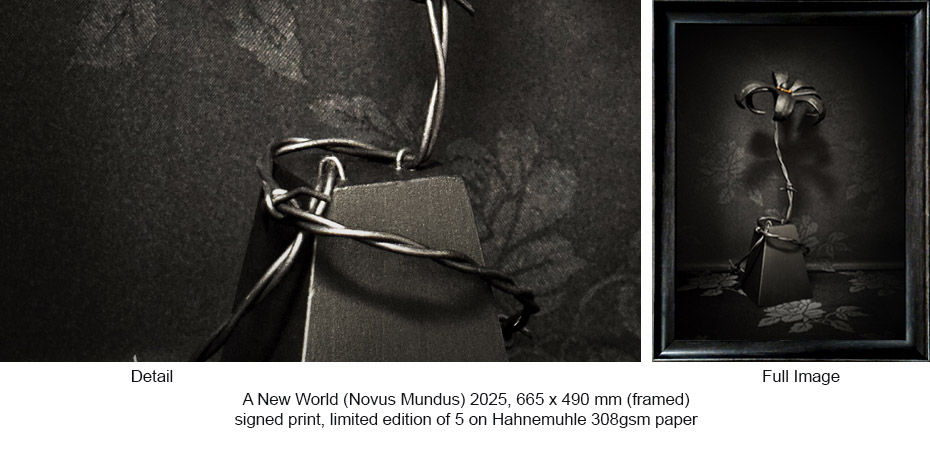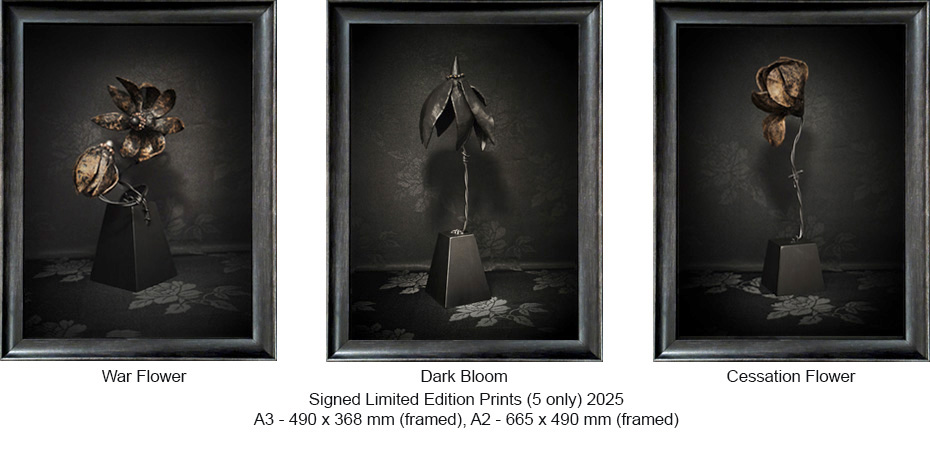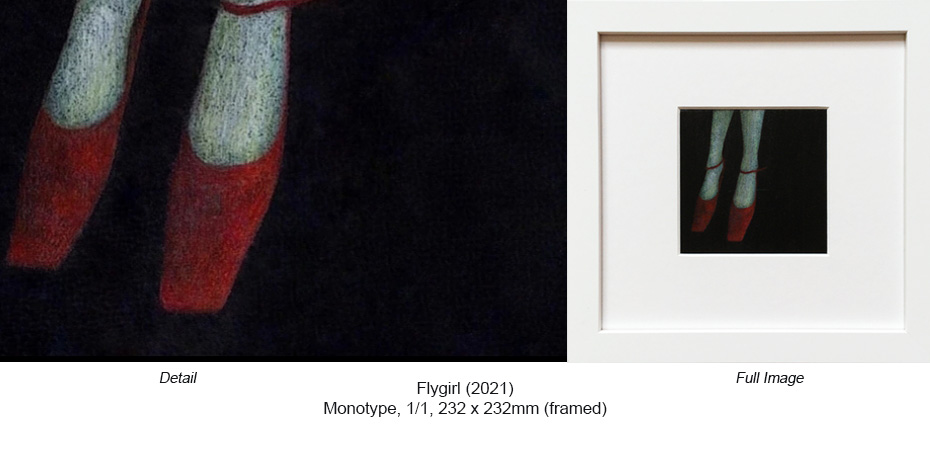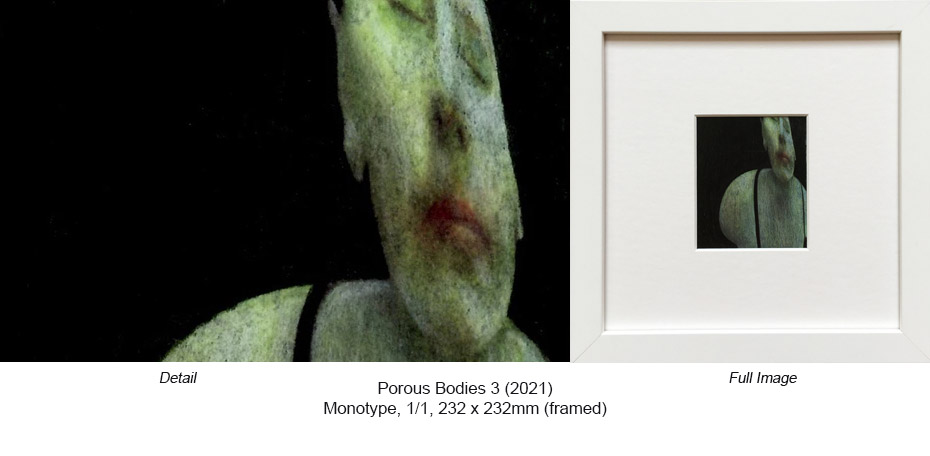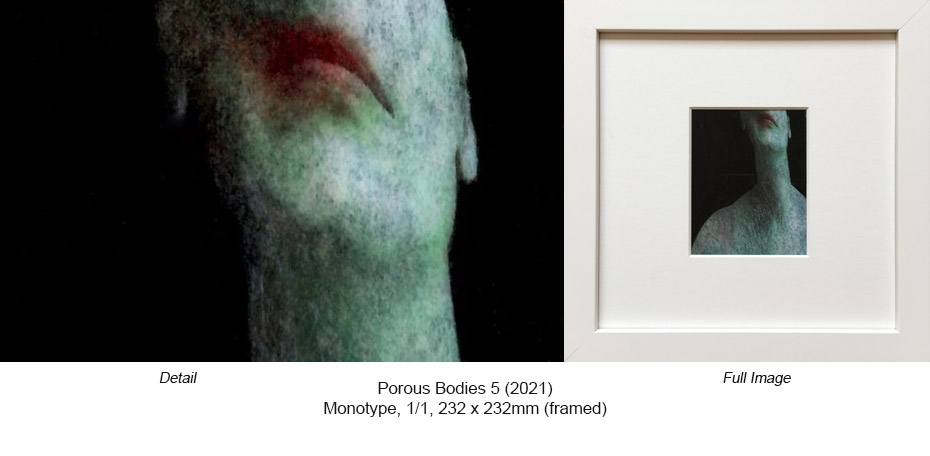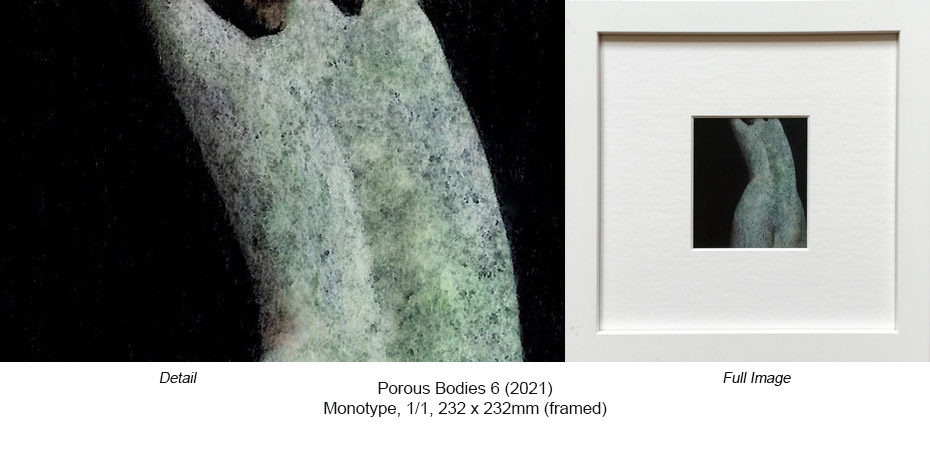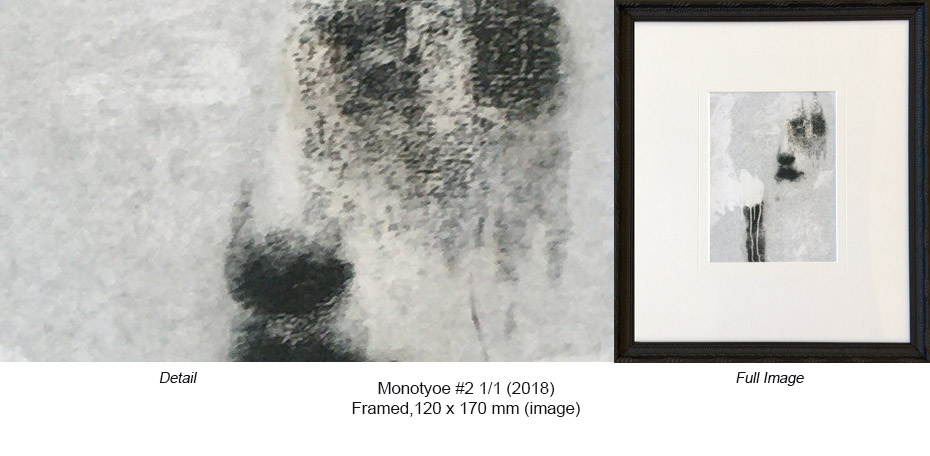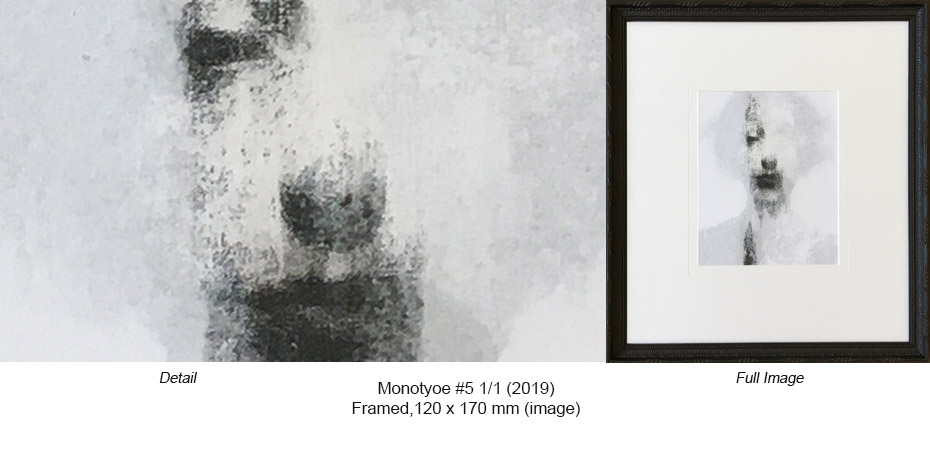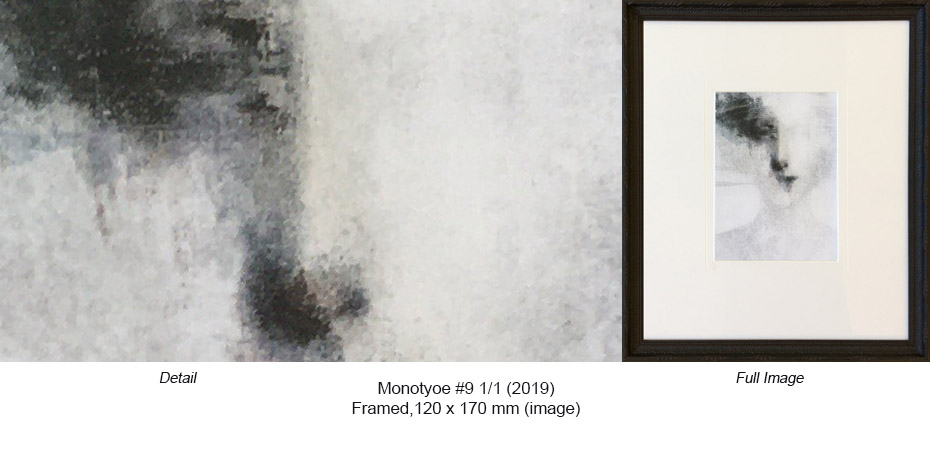Garden is an Auckland based multi-disciplined artist, whose work explores themes of impermanence, self-image, introspection and the female experience. A finalist in the NZ Adam Portraiture Award in 1992, 2014 and 2016, the Parkin Drawing Award 2018 and 2019, the Aesthetica Creative Works Award UK in 2011 and winner of international awards for her pinhole photography in Barcelona, Spain, 2018 and 2020, her work is held in private collections in New Zealand, Australia, UK, Canada, USA and Europe and in the permanent collection of Tāmaki Paenga Hira, Auckland Museum, Aotearoa New Zealand.
Garden’s most recent prints (2025), a small series of framed limited edition prints (5 only), feature her Agony of Flowers sculptures. The Agony of Flowers, a metaphor for a moment caught in time and capturing a glimpse of the world as both barbaric and poignant, these works consider the experiences women grapple with when confronted with the inevitability of change. Flowers not only serve sentimental and emotional responses but have long been manipulated for commercial purposes. Throughout art history, they frequently denote secret codes: lilies for virginity; chrysanthemums for longevity and prosperity; daisies for innocence; and, more recently, red poppies to represent the appalling losses of war. The Agony of Flowers strongly evokes the struggle for survival in harsh conditions, where despite the odds, flowers bloom only to wither away too soon. Created from mesh, barbed wire, and dried peppercorns, these papier-mâché sculptures contrast the life affirming grace of flowers to accentuate unavoidable decay. Brutal and perhaps somewhat menacing, these sculptures cast a shadow over the fragility of life.
Garden’s earlier prints are monotypes. They are reverse printed by hand onto high quality watercolour paper. Parts of the image are revealed to create a whole new work of art – in this way, art informs itself into a whole new discipline. No two monotypes are the same, each is a unique print.


